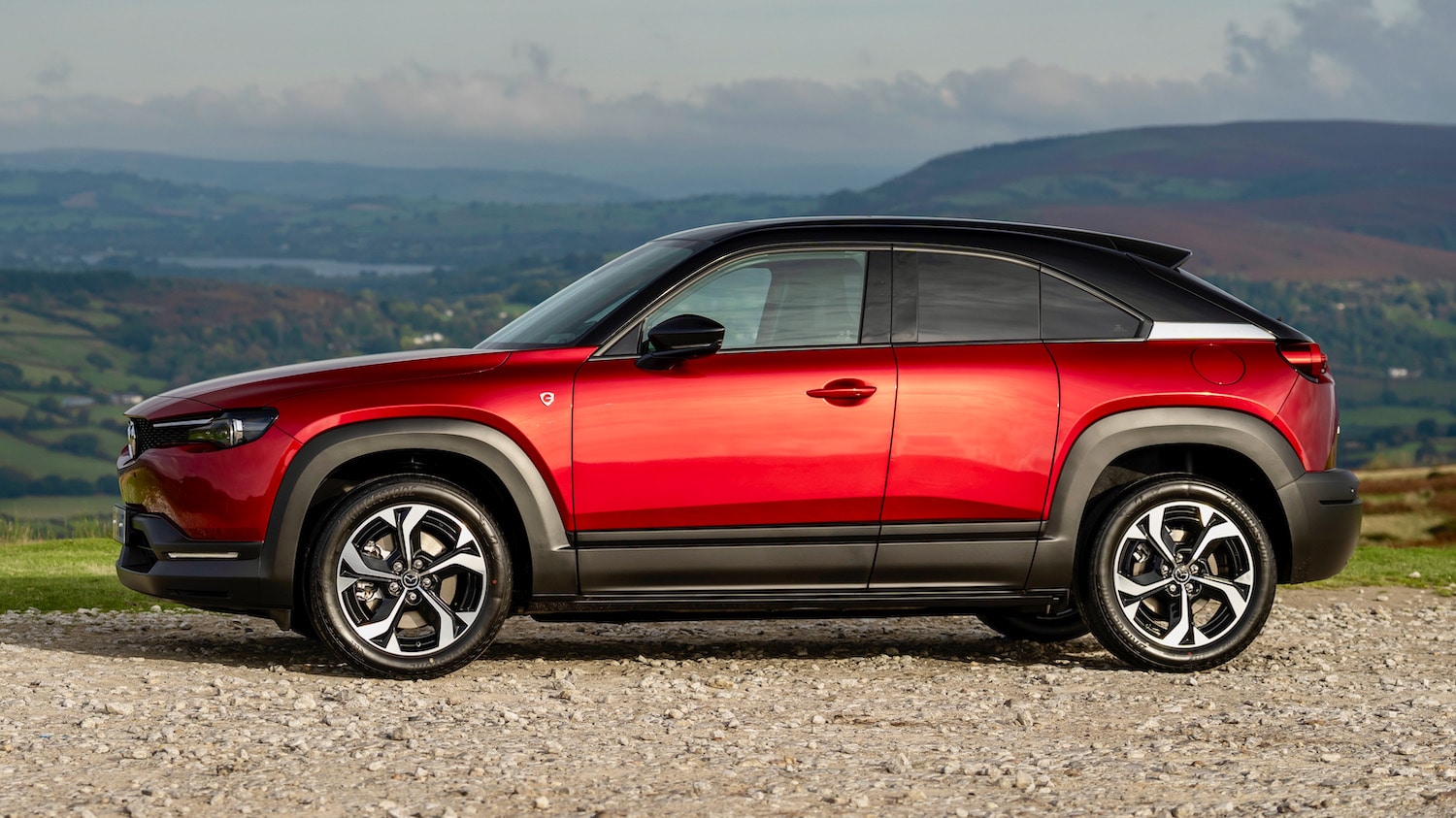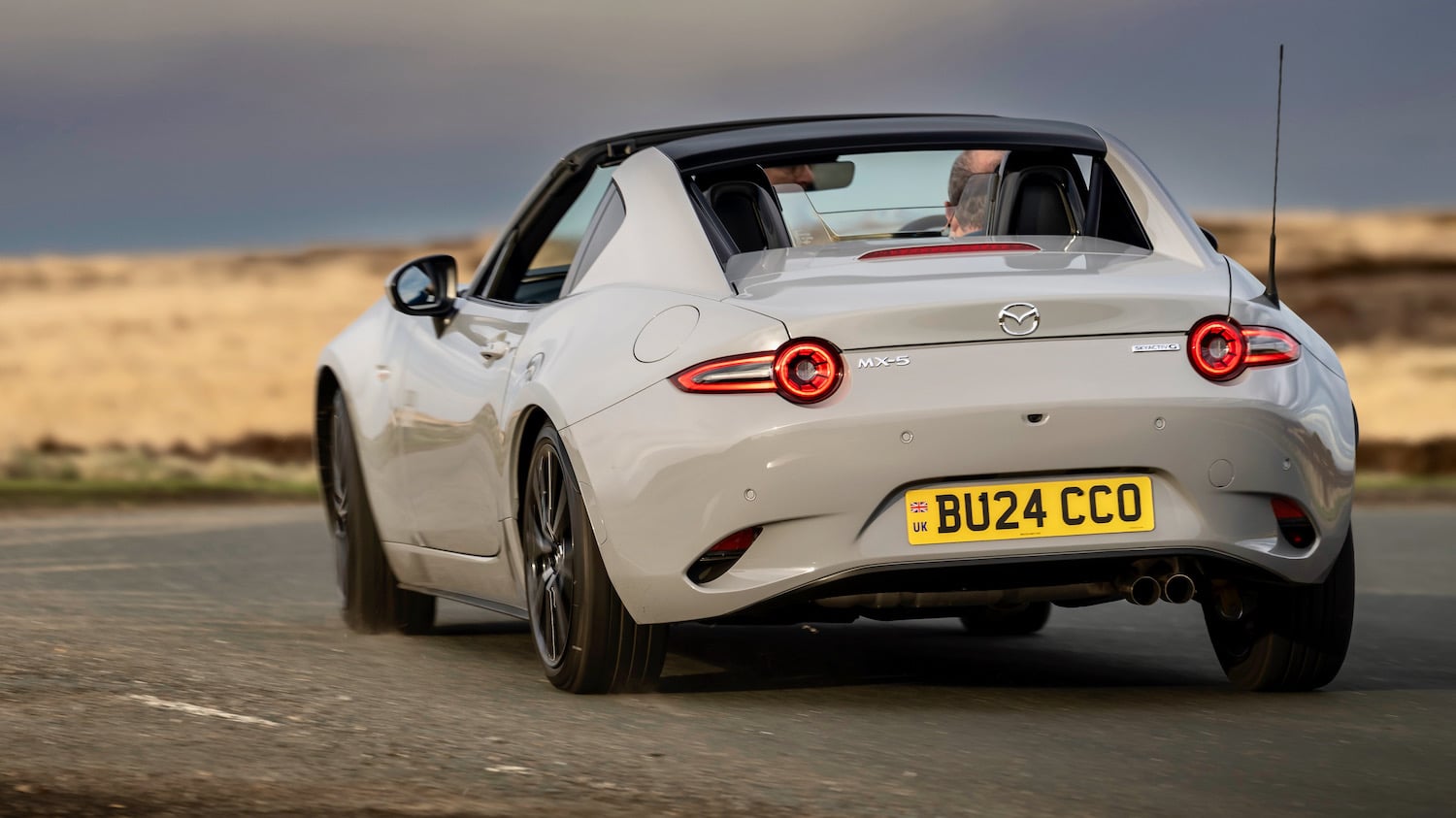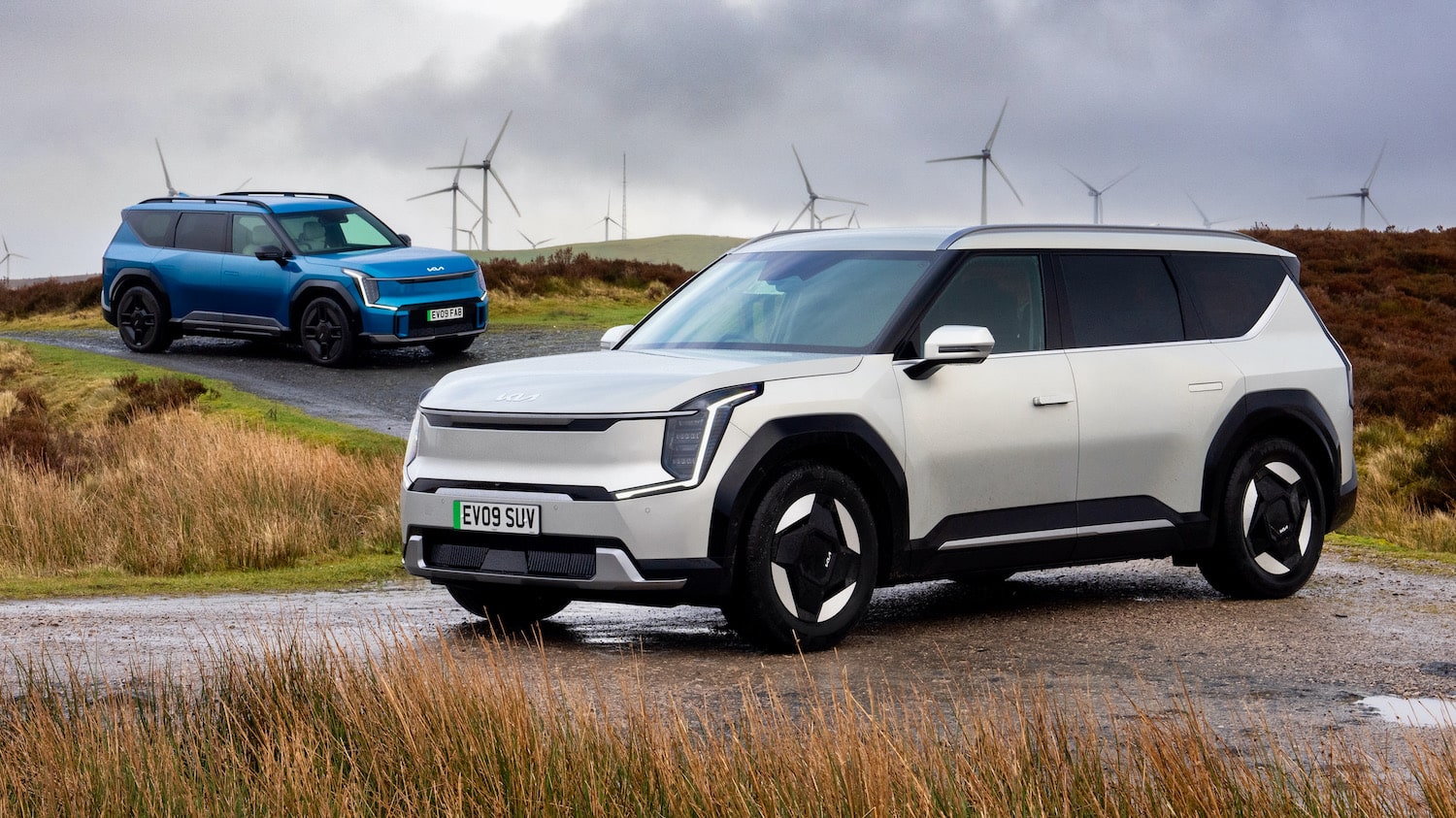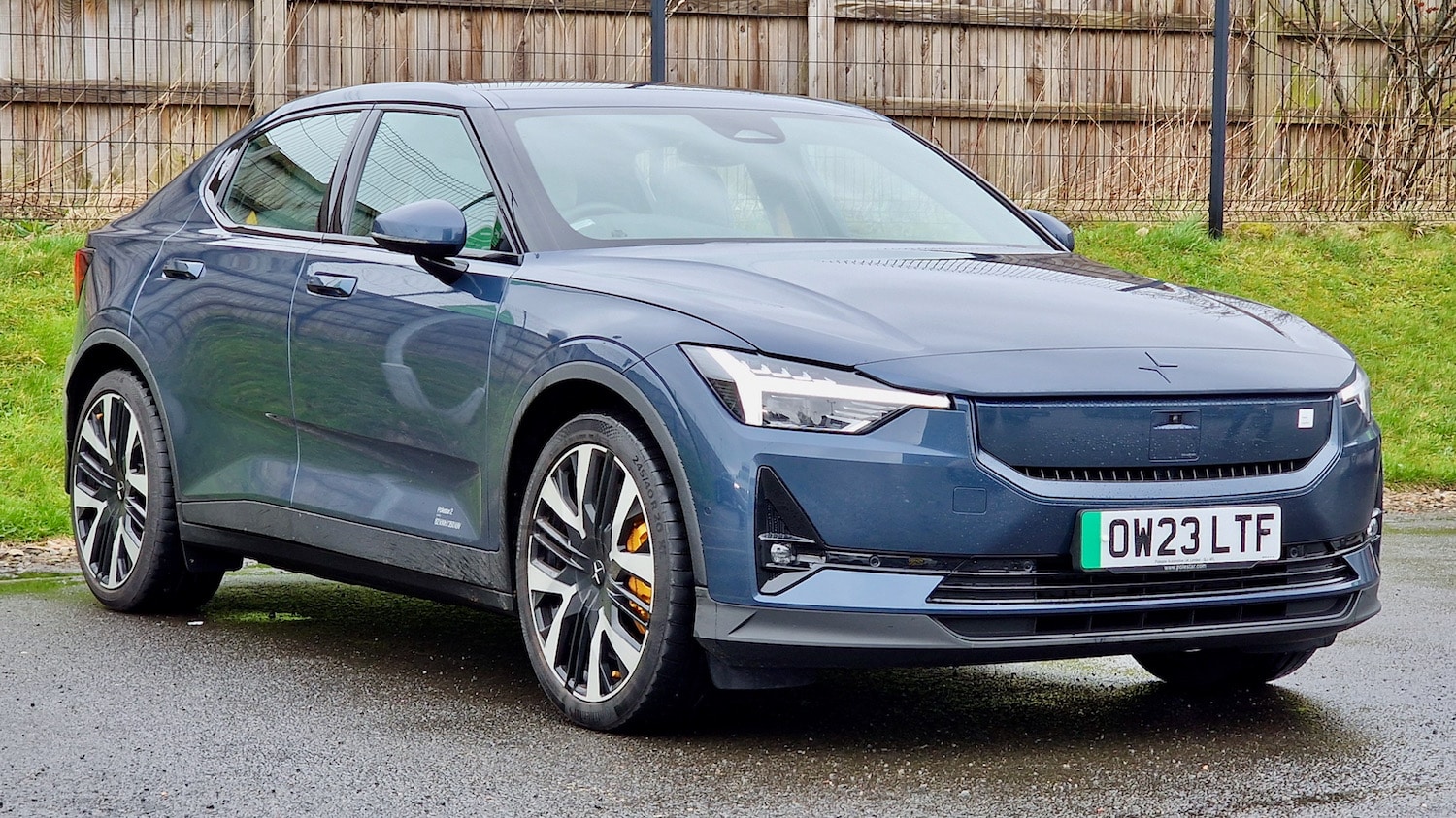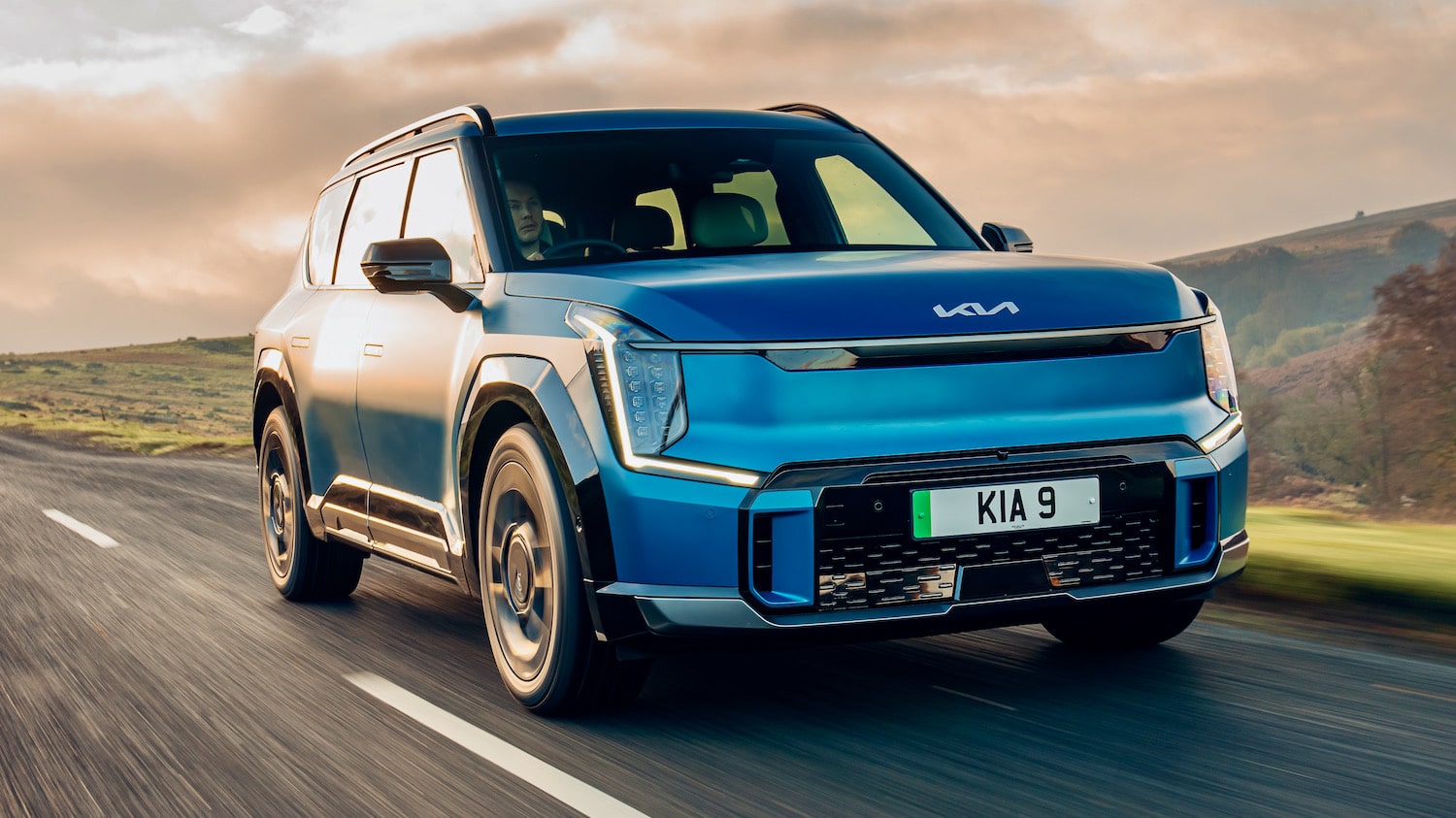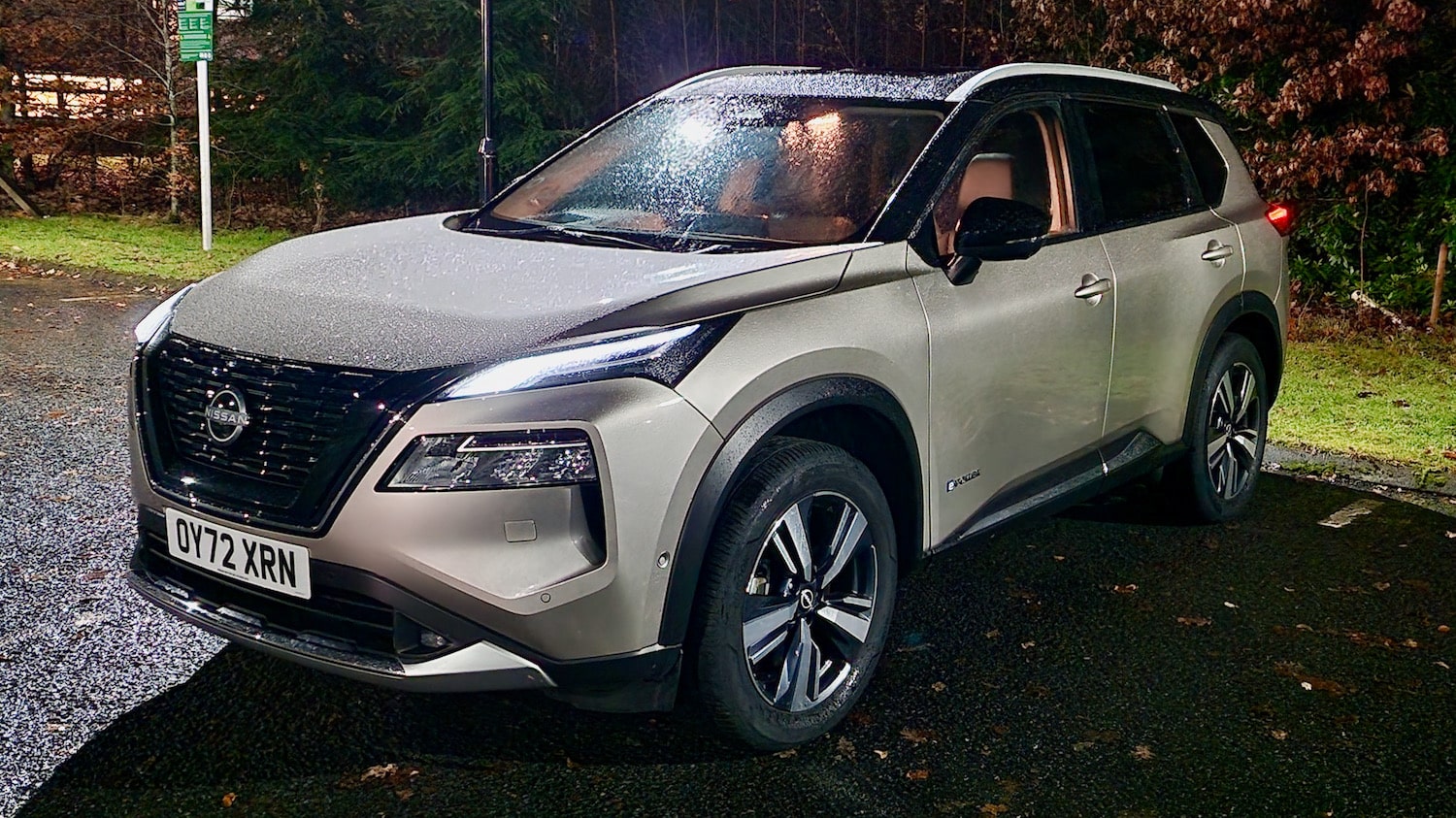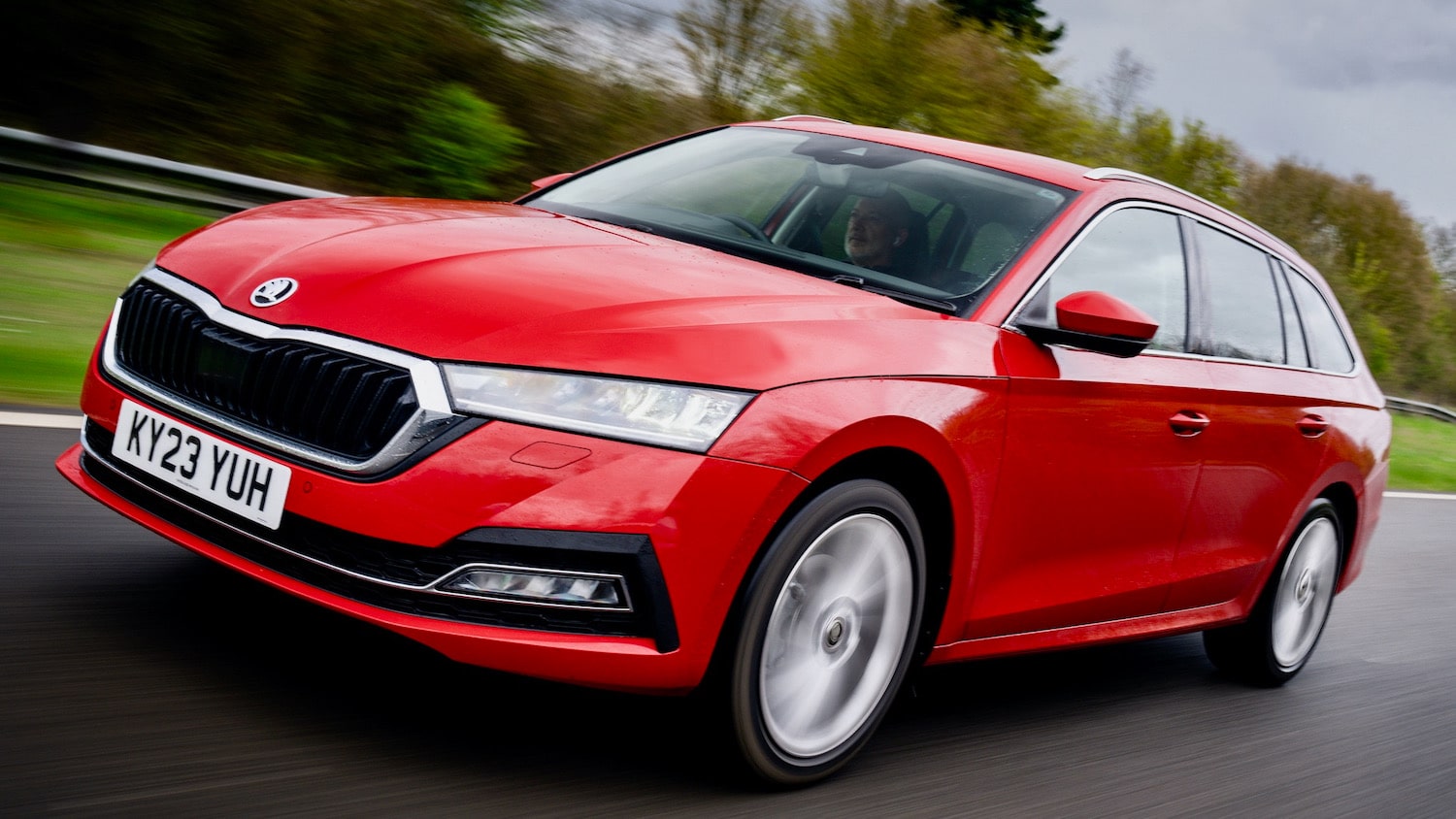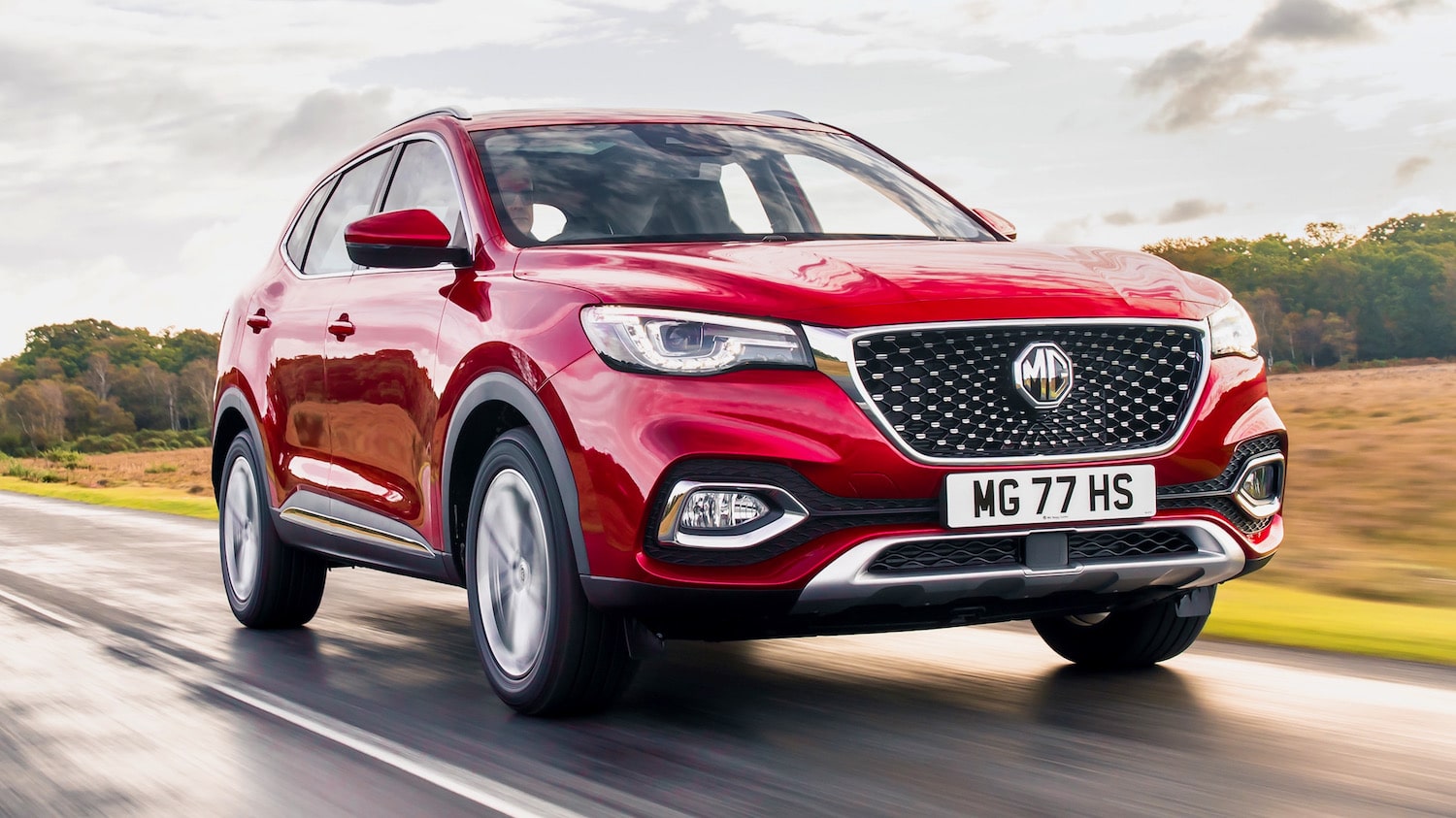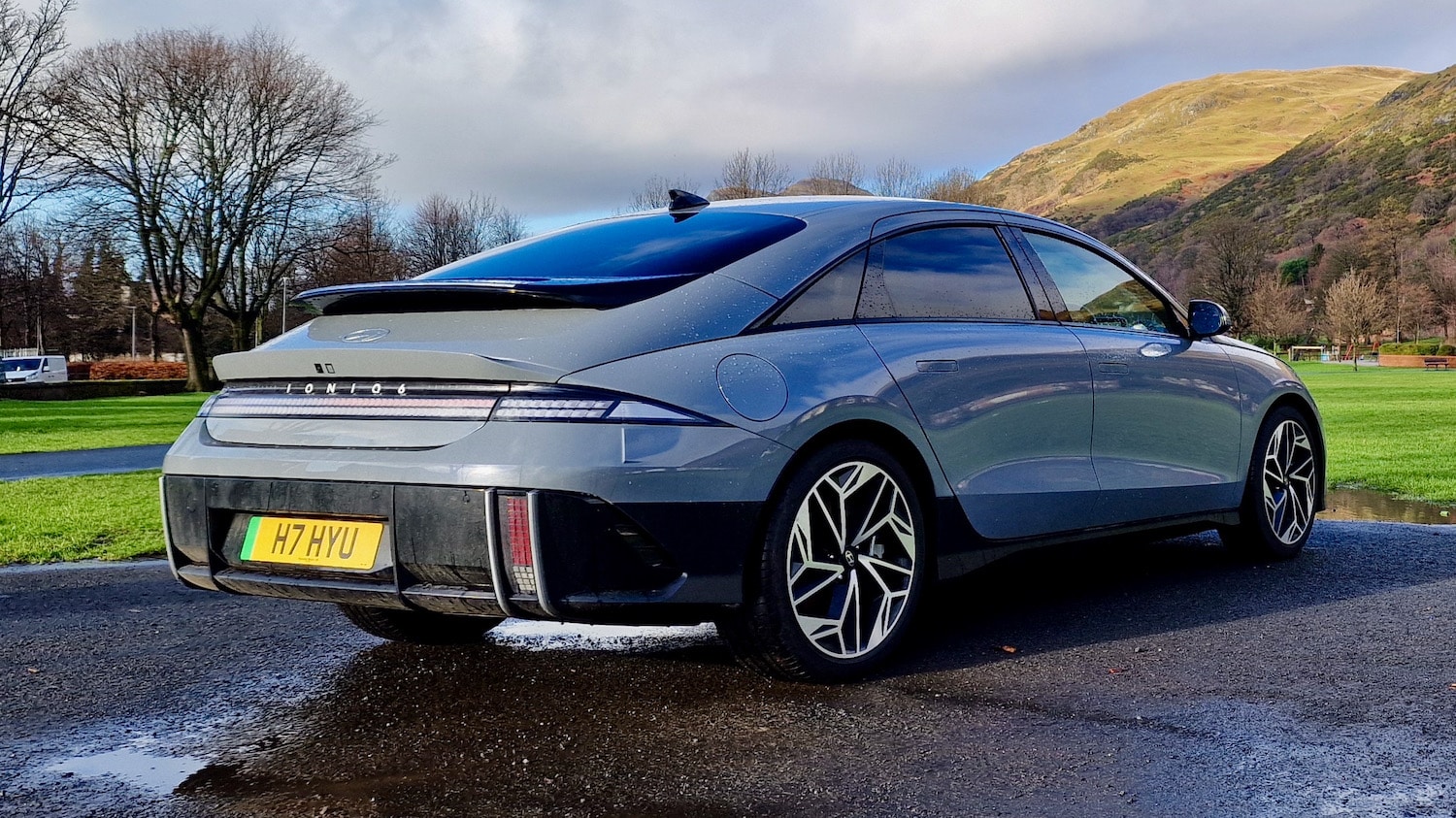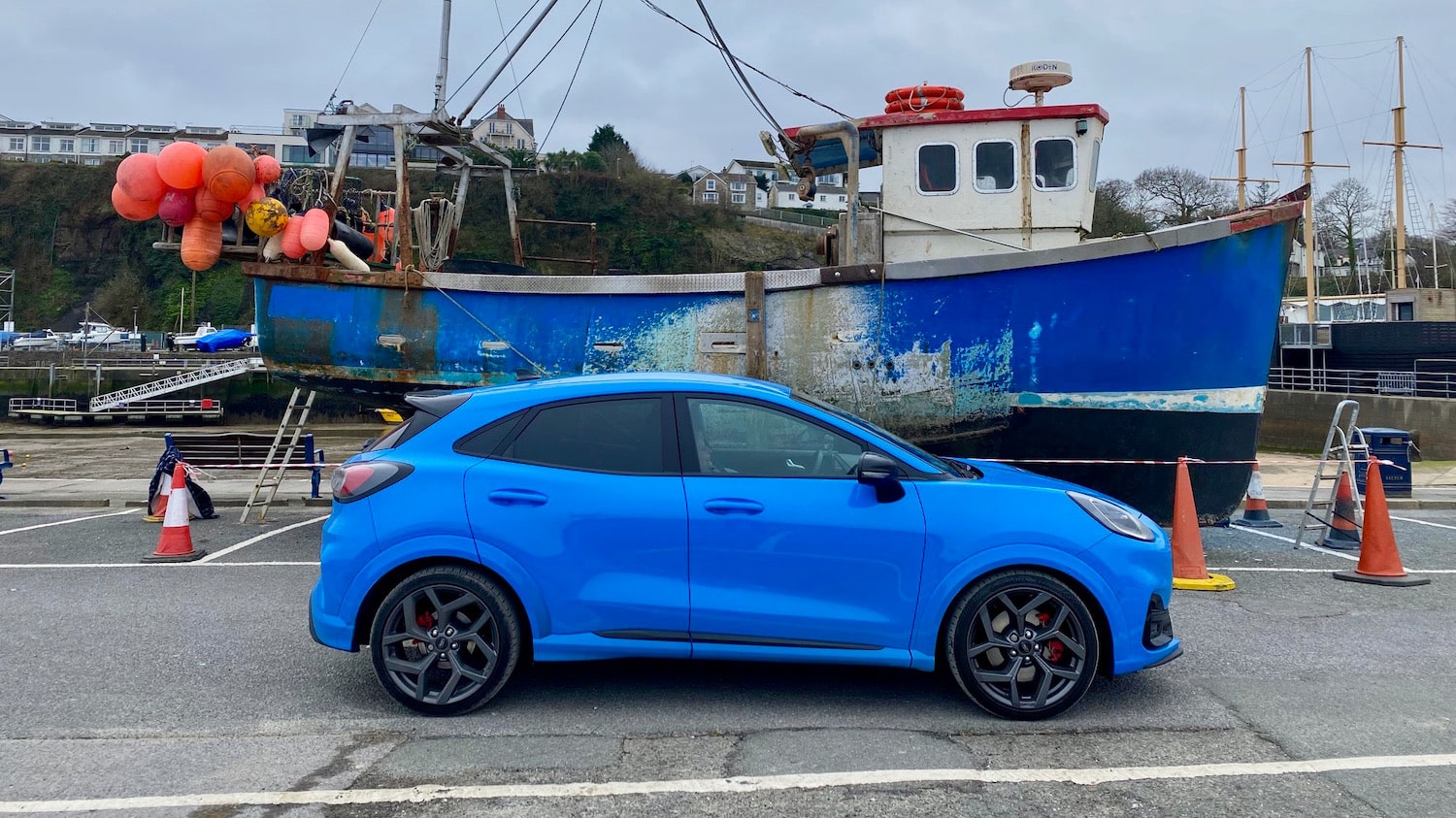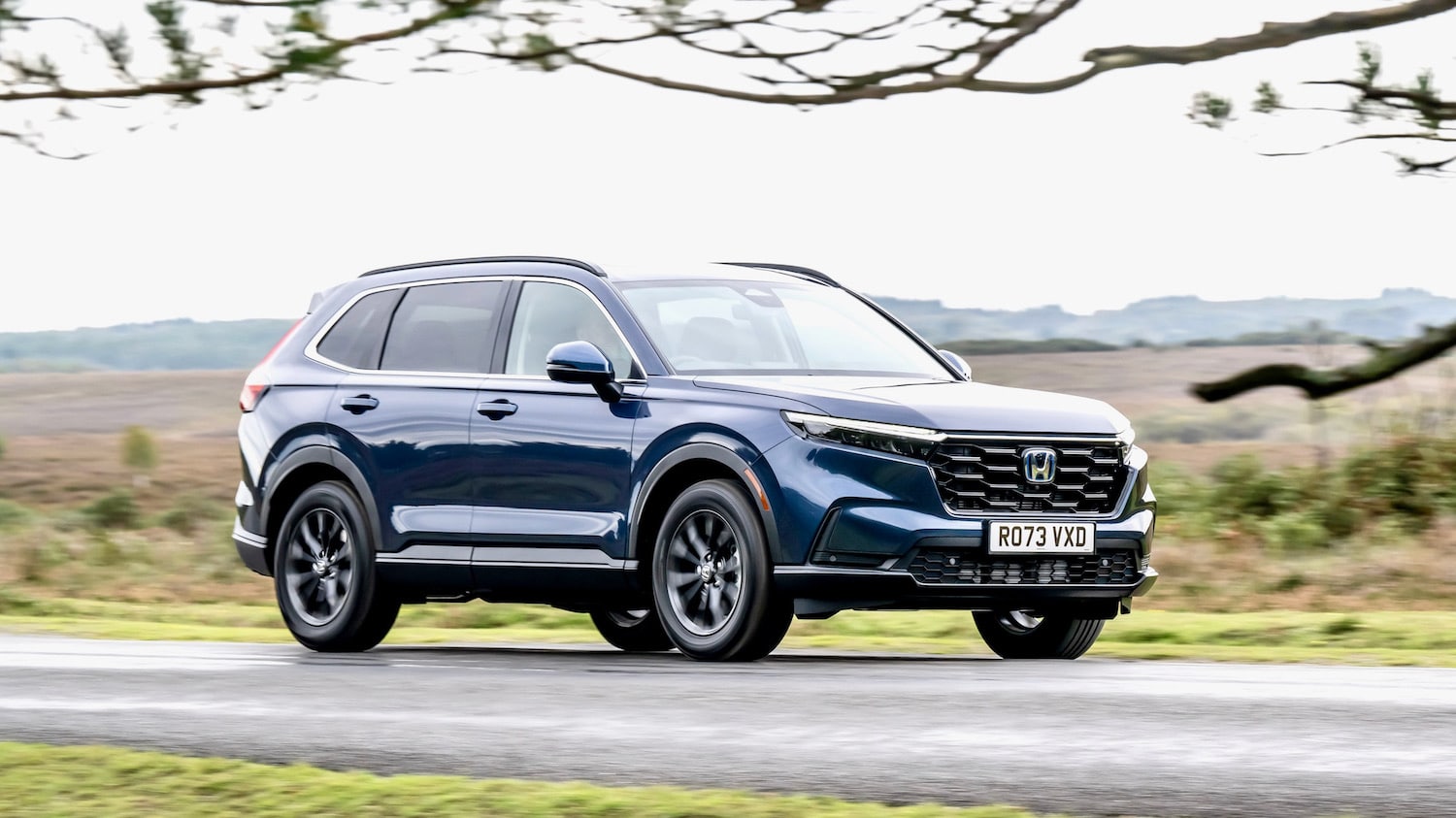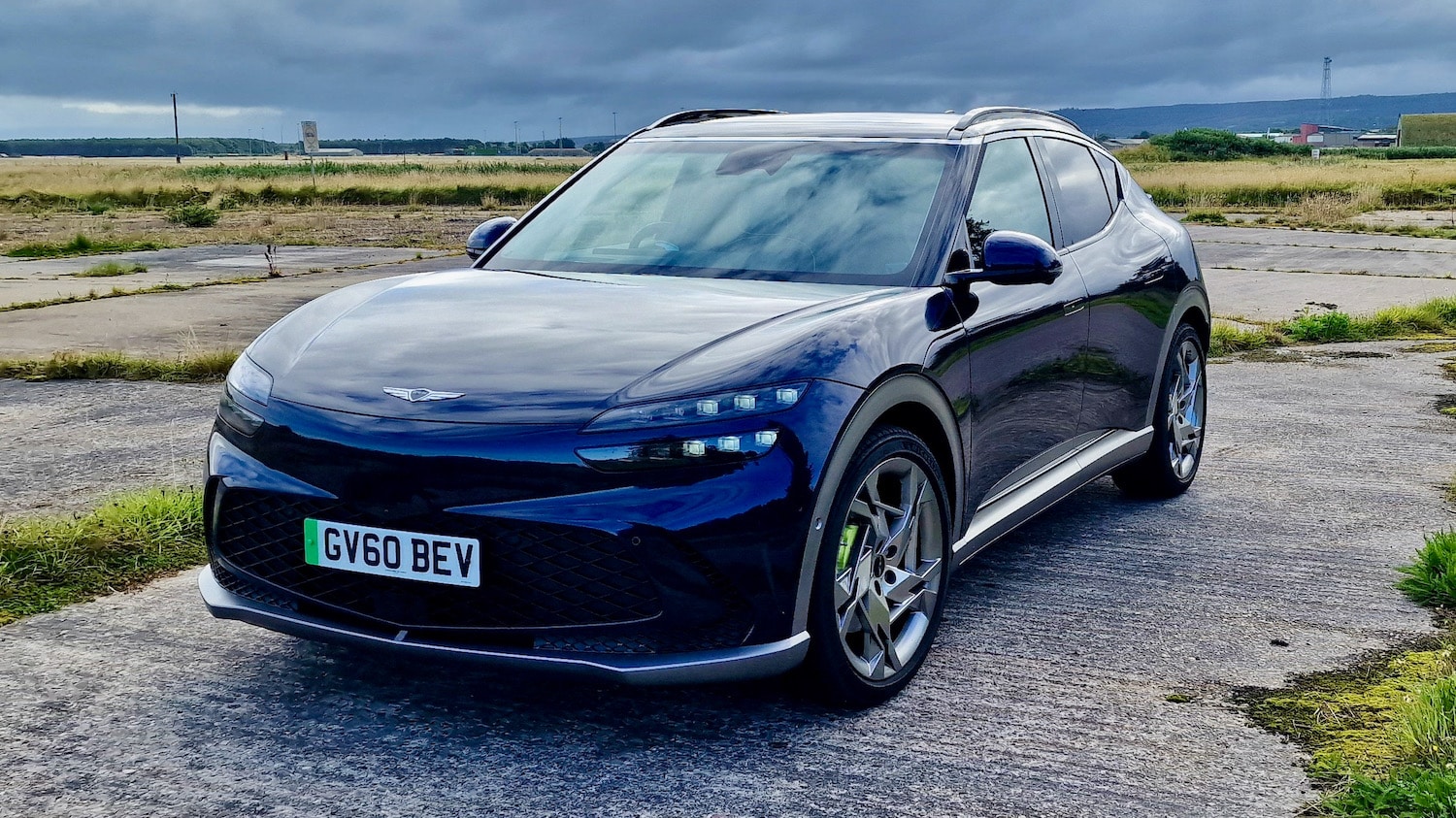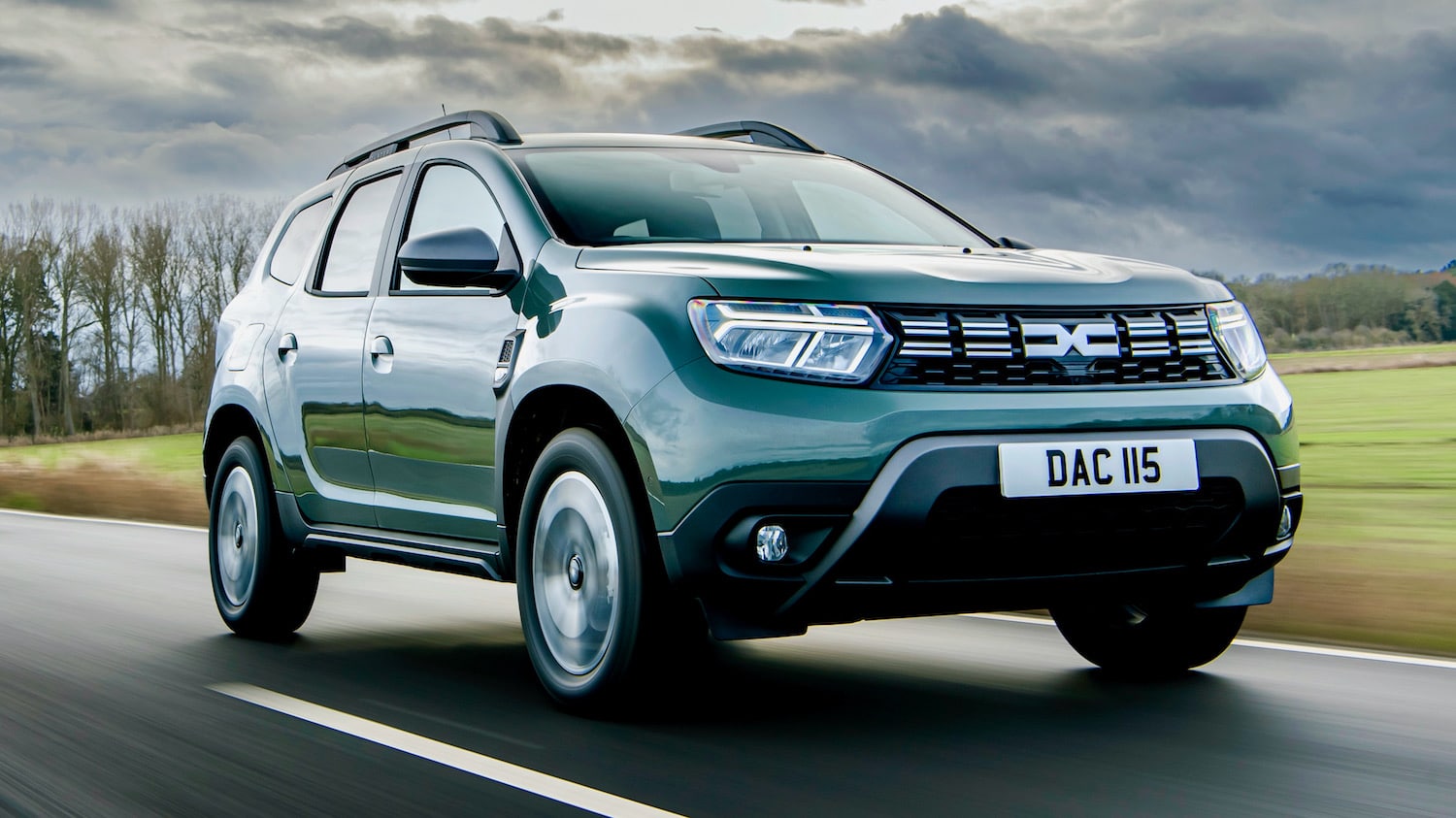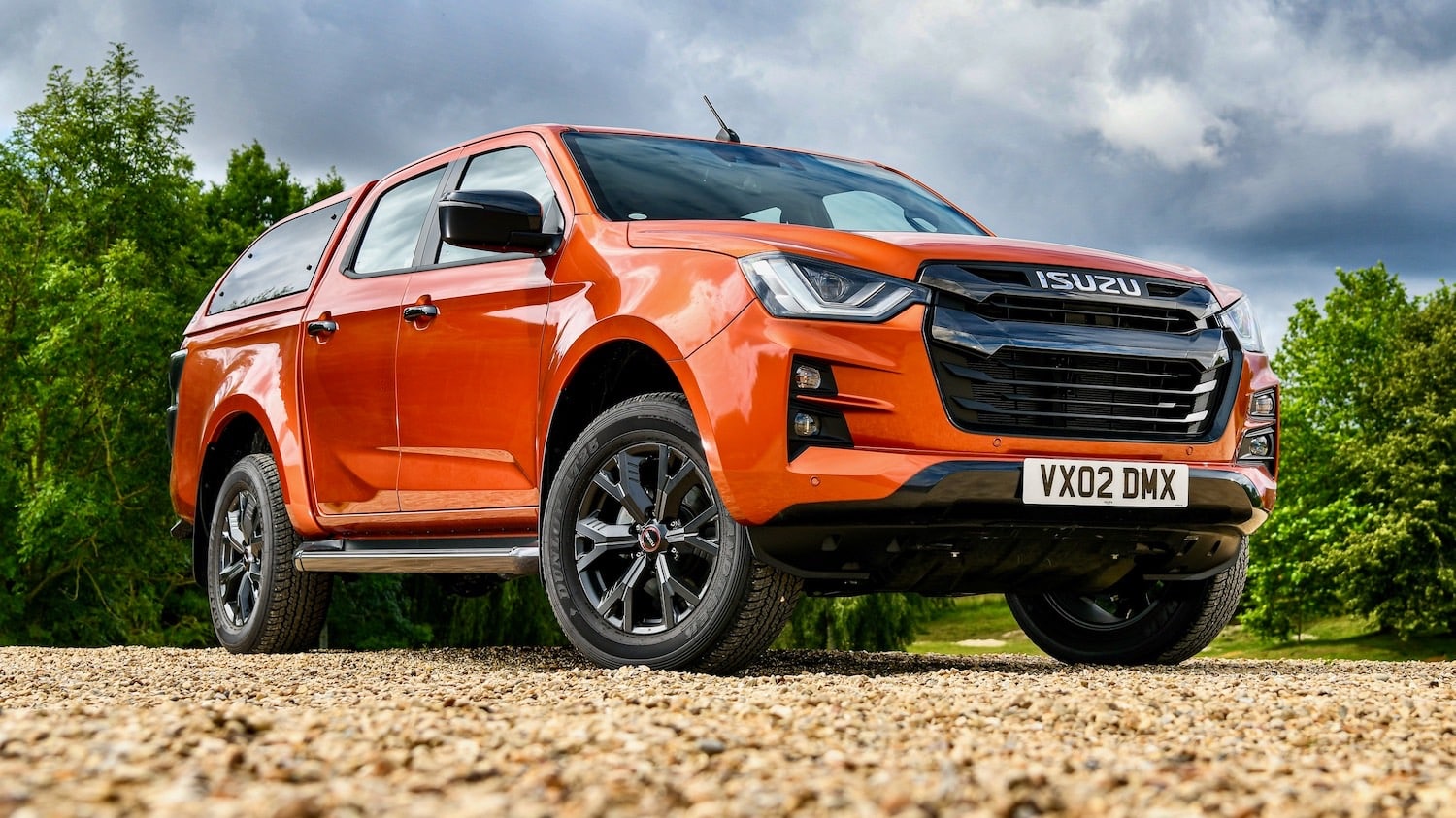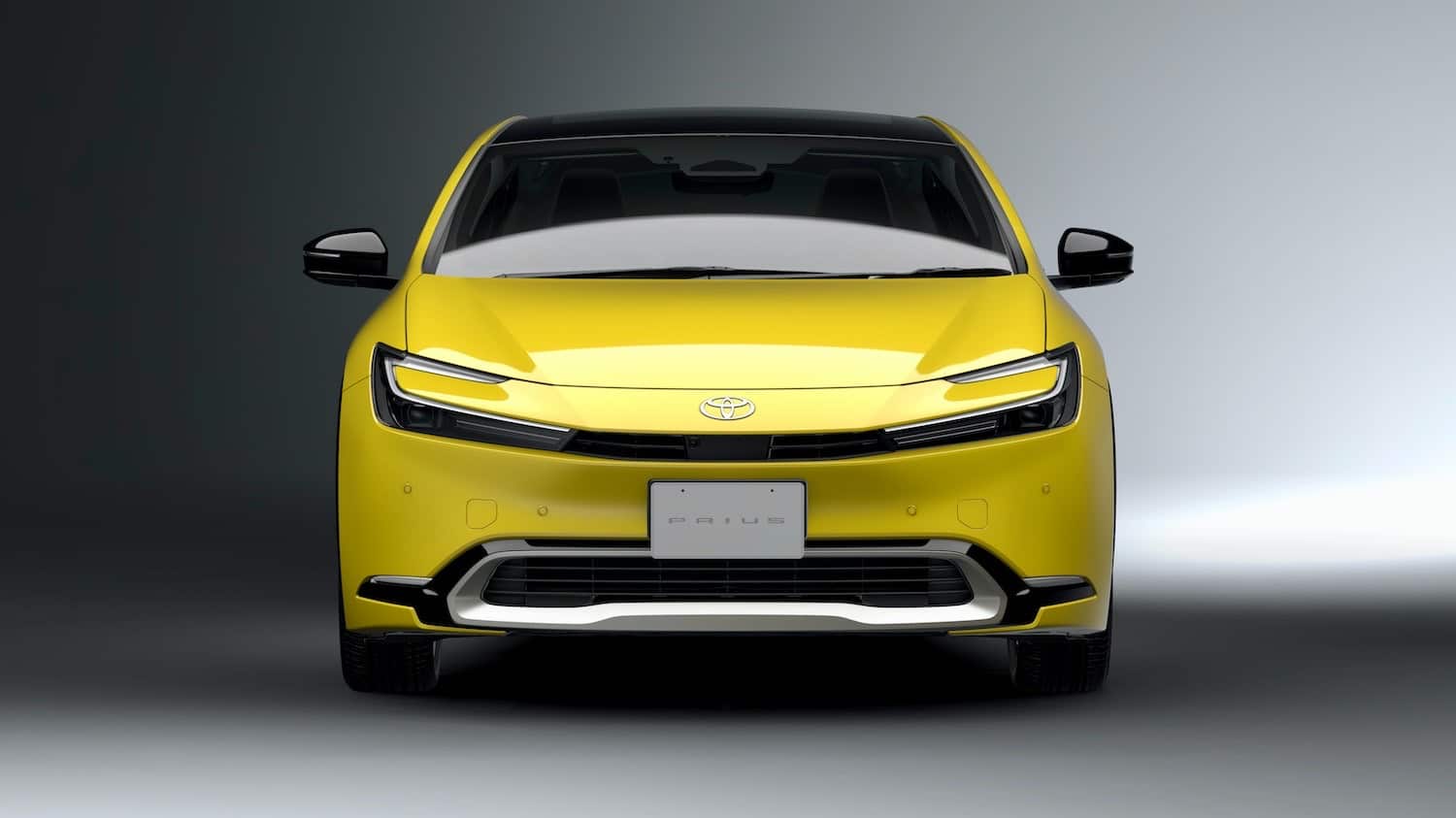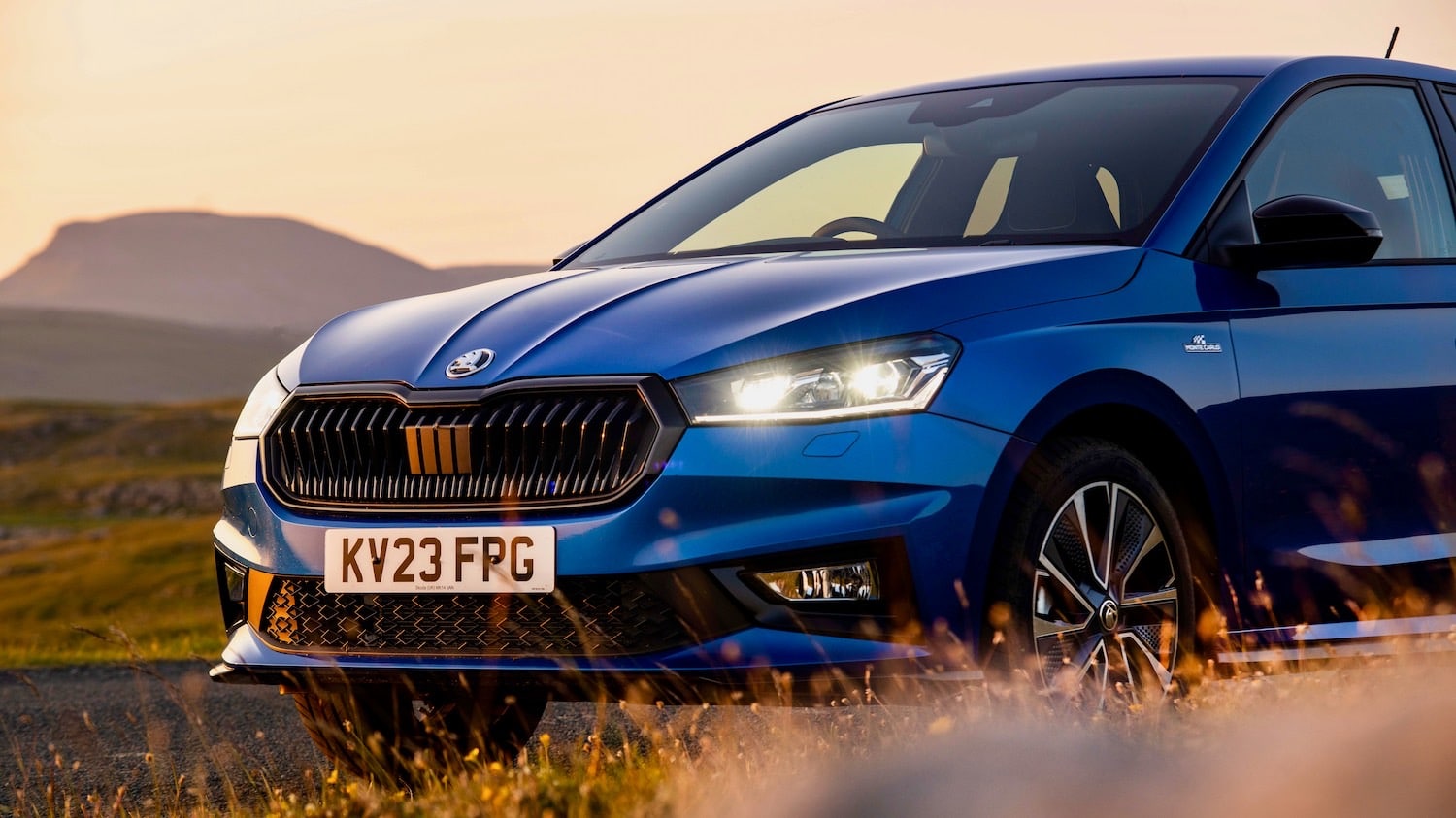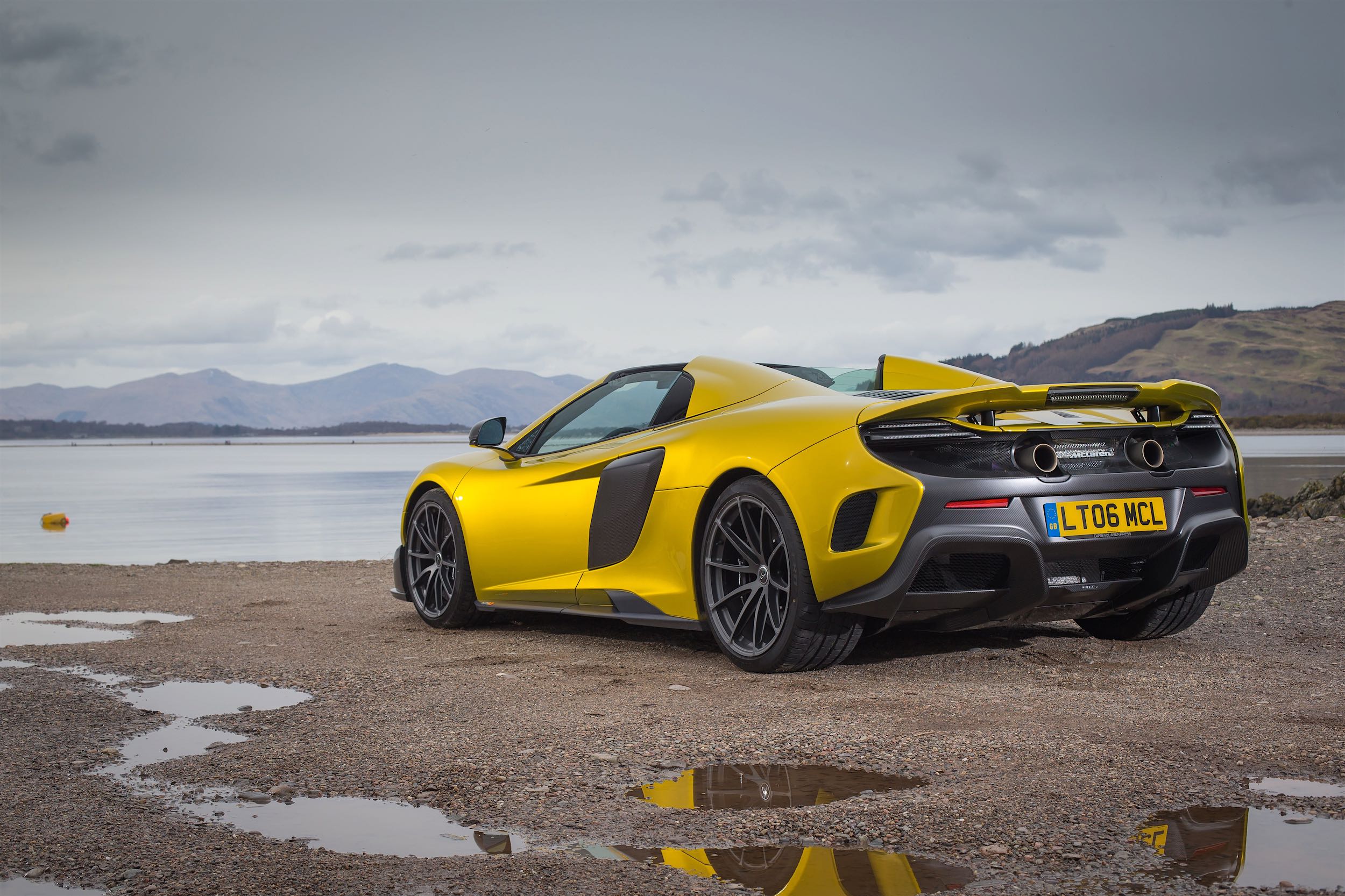Is it an essential qualification for a job at McLaren to be slightly unusually put together in the head?



We know that Ron Dennis, the company’s presiding genius, is – what is the kindest way to put this? – extremely particular. This is the man, after all, who was reputed to have the cobbles in his drive washed regularly to maintain standards at home and who has said of himself: “I get a mental pain from looking at things that have not been properly executed.” OCD? Moi?
The spirit of Ron was apparent at the recent launch in Scotland of the new McLaren 675LT Spider. During the technical presentation, one of the development engineers was getting worked up over the 100 kg of weight they had stripped out of this car, delivering an overall power-to-weight ratio of 532PS per tonne. He picked up a nut (quiet at the back) and said “We even designed and commissioned titanium wheel nuts to save weight. They’re unbelievably expensive but we think they’re worth it.”
In fact, when you do take one of these things in your own hand, it truly is amazing. Anybody who has ever changed a wheel knows that a standard nut weighs about the same as a billiard ball. Picking up one the titanium jobs for the new Spider is more like toting a cigar. No wonder several specimens on tables around the presentation room promptly disappeared. “Journalists!” sighed a McLaren PR.
“We even designed and commissioned titanium wheel nuts to save weight. They’re unbelievably expensive but we think they’re worth it.”He should have been grateful that his guests did not take the same approach to the car itself. The 675LT Spider is so engaging, so seductively enthralling that it would not have been surprising if some members of the noble fraternity of motoring hacks had simply kept going at the end of the test route and headed for the hills. I was seriously tempted.
Nobody would have caught up with us, that’s for sure. The spirit of Ron has infused this track/road car so comprehensively that, despite carrying an extra 40kg in the mechanism for the retractable roof (which will go up or down, on the move up to 25 mph in 17 seconds), it still accelerates from 0-60 mph in 2.9 seconds. That is the same insanely fast time as the 675 long-tail coupe on which the Spider is based and only 0.1 of a second slower than McLaren’s £1m P1 hybrid which is the absolute ne plus ultra of the range.
Carbon fibre proliferates. The front bumper with splitter and end plates, front underbody, side skirts, side intakes, lower side intakes, rear fenders, rear deck, rear bumper, diffuser and ‘Longtail’ airbrake are all carbon fibre. The stuff is everywhere around the cabin. If you’ve got any spare cash lying around, it might be a good idea to invest in the company that supplies McLaren with carbon fibre. They must be cracking out dividends.
The twisty hill roads of the glorious test route around the west coast of Scotland offered no legal opportunity to check out McLaren’s claim that this car will accelerate from 0-125mph in fractionally over eight seconds; but nobody would doubt it who went for an overtake at 40 mph, changed down on the steering-wheel mounted paddles through the seven speed gearbox, floored the throttle pedal and felt their head socked back as if punched by Mike Tyson.
A total of 675PS and 700Nm of torque place this car close to the summit of fastest convertibles in the world. Lamborghini’s Gallardo LP 570-4 Spyder Performante and Ferrari’s 458 Spider both flounder in the wake of the McLaren. Only the Veyron Vitesse is faster – and somehow that exists only in the marginal consciousness of anybody with any sense.
The speed of the gearshifts is almost as impressive as the forward motion of the car. It is enhanced by ignition cut technology – interrupting ignition rather than fuel supply – which causes a lovely blat as it cuts back in and ignites the unburnt fuel. McLaren’s engineers have laboured with their characteristic obsessiveness to eliminate any dead travel from the throttle pedal so there may never have been a road legal car with such immediate responsiveness to the faintest touch.
By dint of the same obsessive compulsive token, the steering mechanism is so communicative that it feels alive – largely owing to the fact that it is a hydraulic rather than a remote electronic system with a new steering rack. The result is a two-seater that steers with nearly the pointiness of a single-seater.
Suspension uprights and wishbones come from the P1 with a bespoke tuning that gives the 675LT Spider extraordinarily compliant and civilised ride. This may be the only supercar in existence that doesn’t feel as if you’re sitting in a cast iron coal scuttle when it is being driven hard. This may partly be attributed to the carbon fibre racing seats that were also first seen in the P1 and in which it would be possible to cross continents in comfort.
Everything, of course, is not completely faultless. Shall we start with the grievous, near criminal offence of the price?
“It’s depressing to realise that only a Hatton Garden heist would deliver me sufficient funds to buy this car.”In the past, I have considered selling my children into slavery in order to buy a McLaren but you’d have to take an extremely optimistic view of their market value to think they would fetch the £285,450 McLaren are charging for the 675LT Spider. It’s depressing to realise that only a Hatton Garden heist would deliver me sufficient funds to buy this car.
Then there are some intrinsic defects that ought to give poor old Ron a fearful headache.
The wide sills make getting into and out of the seats a tortuous Pilates exercise. You’d never persuade a woman in a short skirt to risk the indecent display these sills would inevitably inflict. The satnav system and the central controls for transmission and suspension are simply not up the mark for the rest of this car. Instead of buying in the best available set-ups for these devices on the market, McLaren arrogantly decided that they could create them better themselves. What they then got was controls that look as amateur as you might find in a £10,000 special knocked up in the garden shed.
In my test car – which had a bilious green/yellow paint job – bright yellow stitching ran around the Alcantara surface of the dashboard and was reflected in the windscreen. This didn’t improve the view out of the front window on a sunny day.
And speaking of views, there is none at all from the driver’s seat when you try to look back over your left shoulder. This is somewhat hazardous at a junction where a three-quarter read view is required to avoid the awful crump of expensive bodywork.
And, lastly, while the ride was sublime, the suspension system could not always cope with a fast switch from downhill to uphill, leaving the carbon fibre underbody to bottom on the surface of the road with a resounding clang.
Run for the Paracetamol, Ron.

2016 McLaren 675LT SPIDER
On the road as tested £285,450
PROS AND CONS:Sublime√ Engaging √ Seductive √ Insanely Fast √ Price X
FAST FACTS: Max speed: 203 mph, 0-62 mph: 2.9 secs, Combined mpg: 24.2
Engine layout: 3.8 litre twin turbo, Maximum power 675PS@7100rpm, Maximum torque 700Nm@5500-6500rpm, CO2 275 g/km

No items found, please search again.
